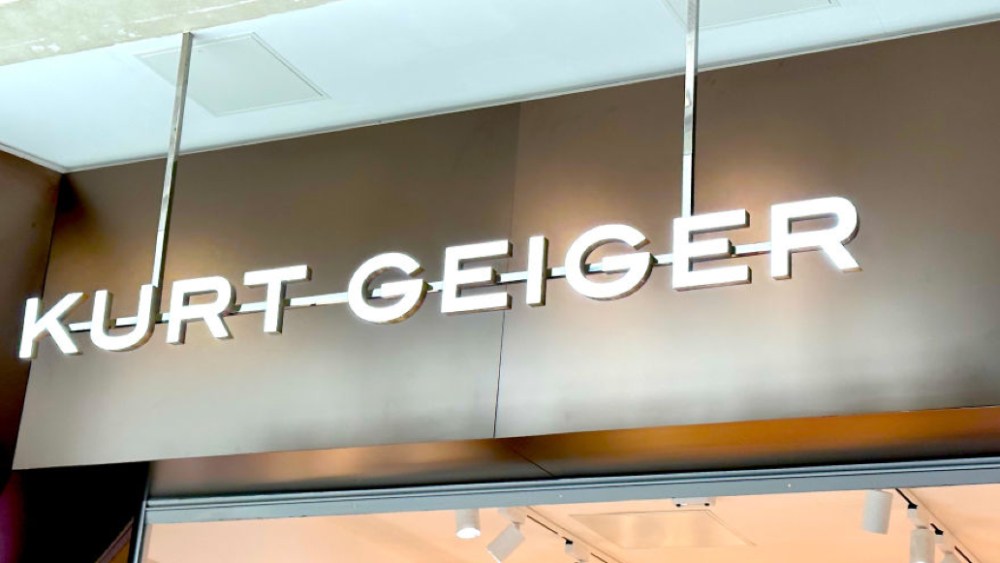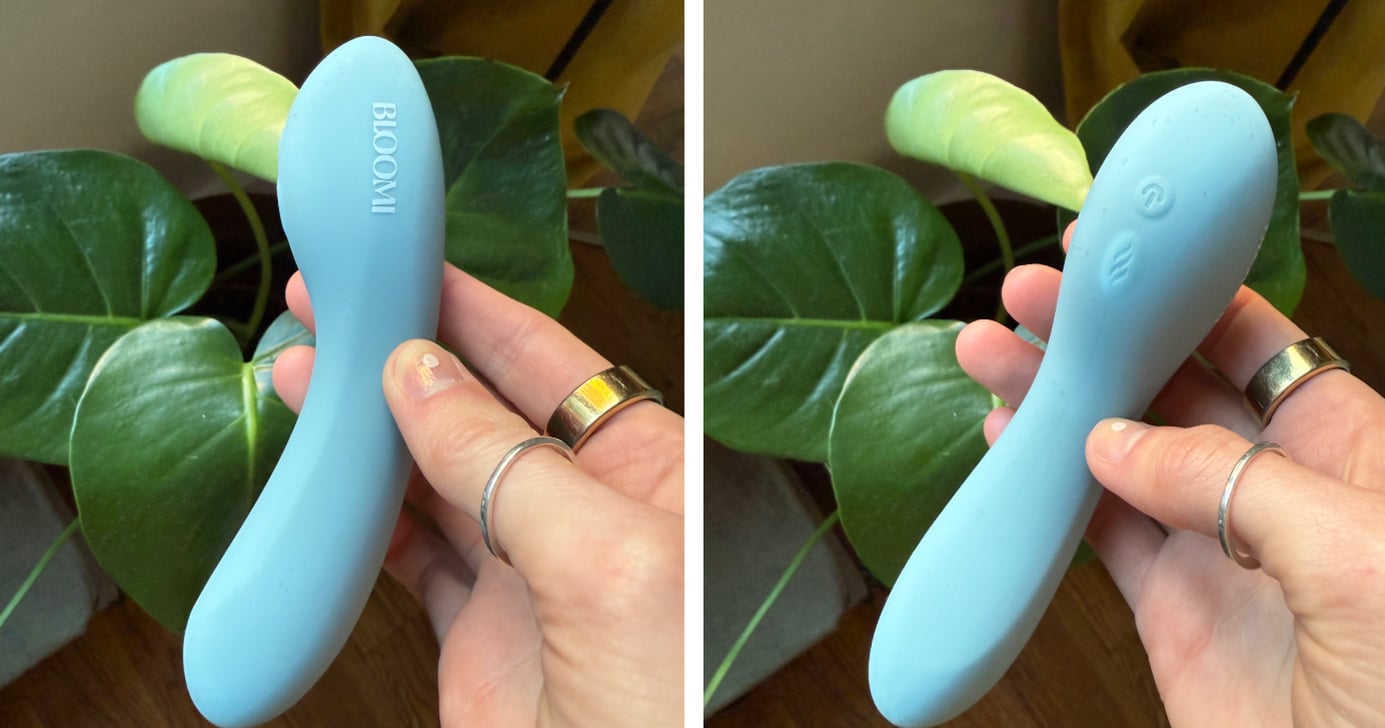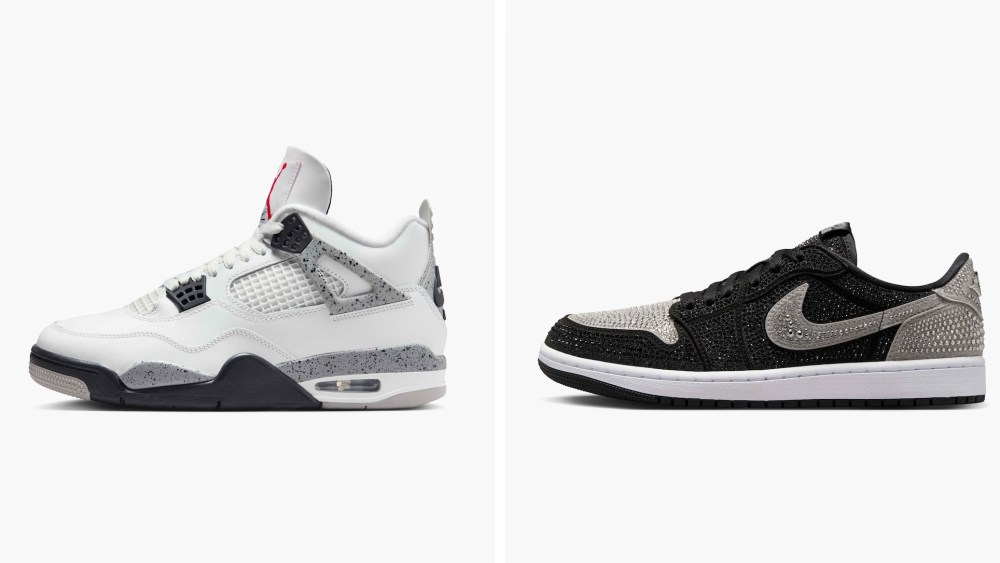Footwear firms are digesting another twist and turn in Trump’s trade negotiations following big moves by the U.S. and China to cut tariffs, at least temporarily.
On Monday, the U.S. cut its tariffs on Chinese goods to 30 percent from 145 percent, while China went to 10 percent from 125 percent for U.S. products. Now the clock ticks anew with Aug. 14 as the new date to watch — also the end of the three-month freeze — when fashion and footwear firms need to get their goods on the water for the fall and holiday selling seasons. And while most items for back-to-school (BTS) need to ship before then for August sales, some goods for mid-to late September now get an extra week or two of breathing room on the shipping schedule.
So, who wins?
You May Also Like
“Brands that have continued manufacturing and that have shipped containers of products to tax-free zones or bond warehouses are in great shape and will be capable of quickly pivoting to move product into the U.S. in time for back-to-school,” Coresight Research CEO Deborah Weinswig said. “However, brands that pumped the brakes and hit pause on everything are going to need time and money to get people back to work and to get factories moving again.” For these brands, she noted that they may even incur added air freight costs to get goods into the U.S. in time for back-to-school.
While the current freeze is temporary, the expectation is that continued talks over the next 90 days will lead to a new trade agreement between the two countries.
The key footwear, fashion, and retail trade organizations — Footwear Distributors and Retailers of America, American Apparel and Footwear Association, National Retail Federation, and the Retail Industry and Leaders Association — saw the move as a step in the right direction, but also emphasized that the Trump administration had more work ahead to improve current trade policy.
Wall Street analysts are keeping tabs too on the impact of the tariff pause, particularly because much of the footwear production is found primarily in China and Vietnam, followed by Indonesia and Cambodia.
Earnings Whirlwind
Earnings reports from Crocs Inc., Wolverine Worldwide Inc. and Steve Madden Ltd. last week saw the footwear firms pull their 2025 guidance due to the backdrop regarding uncertainties around tariffs.
Wolverine’s first quarter report indicated strength at its Saucony and Merrell brands. Given the firm’s first quarter earnings and revenue beat and second quarter guidance in line with consensus, Williams Trading footwear and apparel analyst Sam Poser noted: “We believe that Wolverine management would have raised its fiscal year 2025 guidance if they knew last week what they know today.” Poser noted that Wolverine will produce under 10 percent of its U.S. product in China this year, with China-sourced goods expected to be under five percent in fiscal year 2026.
The Williams Trading analyst also upgraded shares of Steve Madden from “Sell” to “Hold,” with a price target of $31. Shares are currently trading in the $26 range. He noted that the reduced tariffs will ease pressure on Madden, specifically for some of its apparel production, and Kurt Geiger, the London-based brand acquisition that closed a week ago and still has about 80 percent sourcing out of China.
Madden CEO Edward Rosenfeld said last week that the company moved aggressively to shift production out of China to Cambodia, Vietnam, Mexico and Brazil. But Poser also expects “increased freight cost headwinds from shipments from Asia as the flow of goods and demand for containers increases due to the pause on China tariffs.”
Two more companies on Tuesday reported quarterly earnings, On Holding AG and Under Armour Inc.
Swiss athletic firm On posted a first quarter net income decline of 380 percent on a net sales gain of 43 percent, and raised its full-year 2025 net sales guidance, which incorporates the U.S. tariffs in place during the 90-day pause that was announced on Monday.
Jefferies’ Randal J. Konik has a “hold” on shares of On. Footwear grew 41 percent in the quarter and apparel was up 93 percent. He noted that the company has built a solid business as a challenger brand in the athletic footwear market, achieving a 2 percent global share that’s well above the industry growth rate. But as growth in footwear normalizes, the company’s product breadth will need to expand, and the apparel line needs to show it can become much larger to move the market capitalization higher.
Adjusting for tariff uncertainties, the company also lowered its gross margin expectation to between 60 percent to 60.5 percent from prior guidance of 60.5 percent. The company is looking to develop localized production capabilities to reduce reliance on regions affected by tariffs, Konik noted, adding that price increases in the U.S. on select items were on the agenda starting in July to “maintain its premium positioning and offset costs.”
On’s co-CEO and CFO Martin Hoffman said during the company’s earnings conference call that it continues to see “strong consumer demand” for its products across all global markets. He said the pipeline in the second half has new product launches that include running product such as Cloudsurfer Max, Cloudflow 5 and Cloudboom Max. He spoke about tariffs and the impact on foreign exchange rates, and added that global trade policy shifts have added to planning uncertainty that includes the “risk for increased tariffs and freight expenses, as well as general volatility within the global supply chain.”
Under Armour reported a fourth quarter net loss of $67 million — the adjusted net loss was $35 million —for the period ended March 31, on a net sales decline of 11 percent to $1.2 billion. Both apparel and footwear revenue were down, falling 11 percent to $780 million and down 17 percent to $282 million, respectively. Accessories revenue was down 2 percent to $92 million.
Cristina Fernández at Telsey Advisory Group said the early read on results were mixed, although the company did a “good job reducing promotions.” She noted that the company needs to change the perception of the brand, attract more consumers and gain shelf space at wholesale accounts.
BMO Capital Markets analyst Simeon Siegel said “changes in tariff policy are not expected to significantly impact” Under Armour’s first quarter ended June 30. Mitigation strategies include potential cost-sharing with key suppliers, diversifying sourcing, and reviewing targeted price adjustments to protect margins. Siegel said 30 percent of goods are sourced from Vietnam, 20 percent from Jordan, 15 percent from Indonesia and the balance spread across multiple countries.
During Under Armour’s earnings conference call on Tuesday, company president, CEO and founder Kevin Plank said the company’s priorities for fall ’25 include winning in apparel, unlocking the full potential in footwear, and strengthening its connection with women starting with essentials, such as bras and bottoms.
Plank also spoke about the upcoming UA Halo collection, representing a premium expansion into “next generation performance sportswear.” He said the UA Halo launch will begin with three distinct footwear offerings—trainer, runner and racer—with each designed to meet specific athlete needs.



